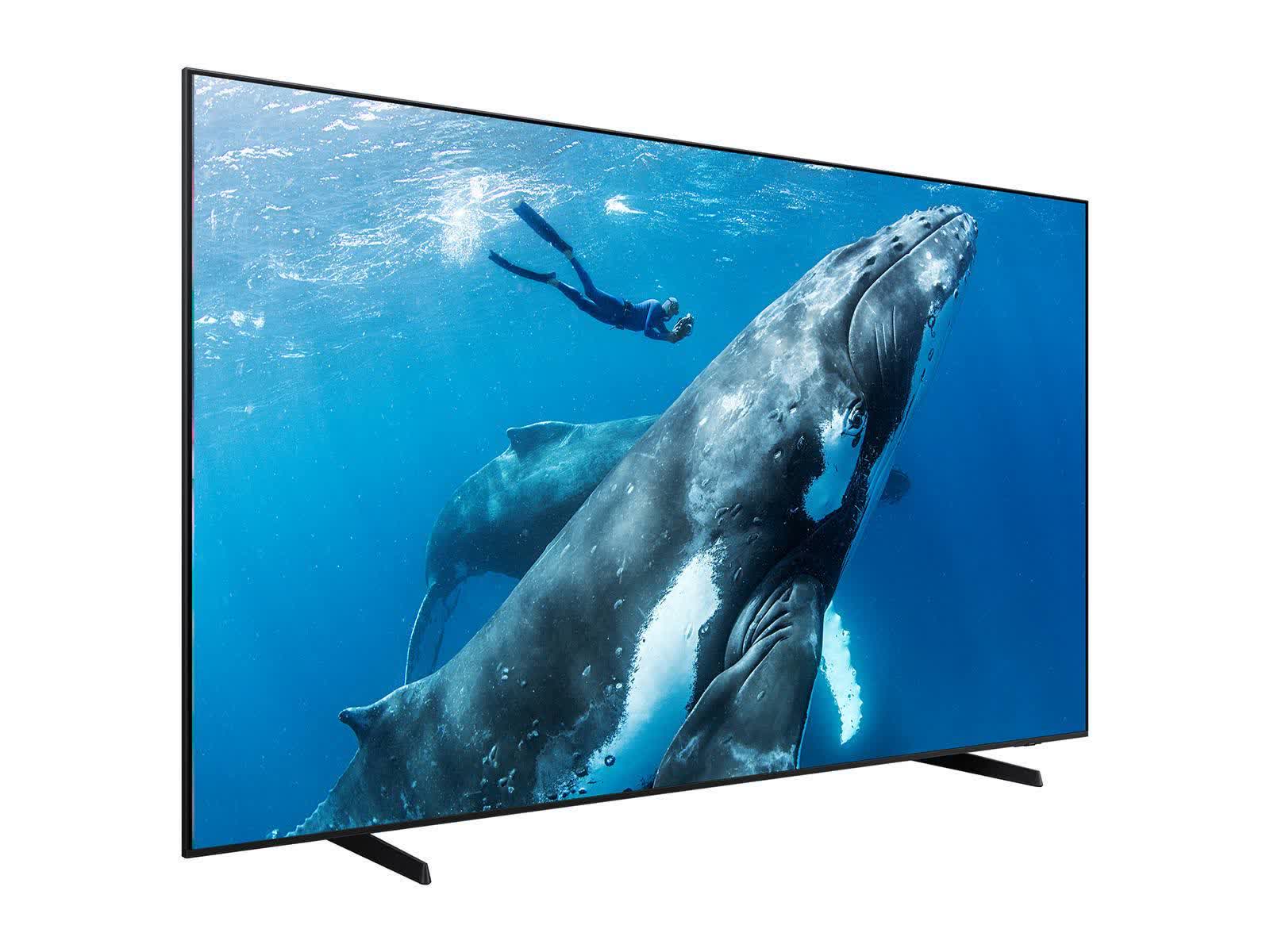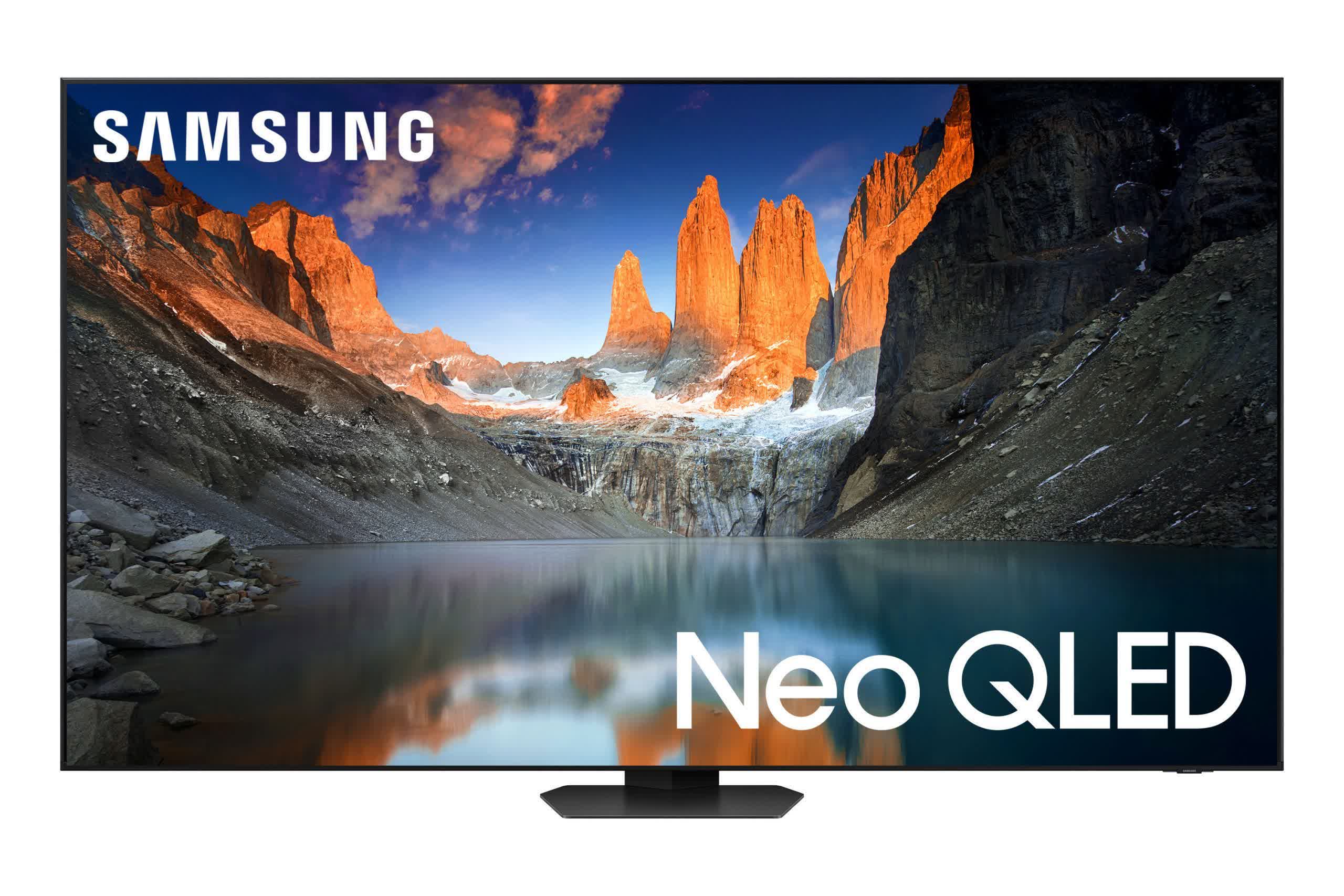In brief: Multiple companies have introduced TVs hovering around the 100-inch mark since the beginning of the year. Samsung's 2024 lineup now includes a range of ultra-large sets featuring AI-assisted upscaling to enhance content that isn't in 4K (or 8K). The company's latest addition is its most affordable 98-inch model.

Samsung's 98-inch Crystal UHD DU9000 TV is now available for $3,999, thousands of dollars below other variants of similar size. While the product page is light on specs like nits or dimming zones, the LED set supports 120Hz VRR and HDR10+, though Dolby Vision isn't mentioned.
One of the main features that Samsung advertises is AI upscaling. Much of the content viewers watch likely won't be in 4K, so TV vendors use upscaling to make up the difference in resolution, but Samsung's method also employs AI and machine learning to determine the proper filter. Additionally, Samsung uses AI to automatically determine when to activate Game Mode and detect the presence of in-game mini maps.
Another image quality feature is Supersize Picture Enhancer, which sharpens the picture and reduces the extra noise to compensate for the large pixels and thus low pixel density common with ultra-size TVs. To experience the proper perceived pixel density while using a 98-inch TV, Samsung recommends a viewing distance of six-to-12 feet.

The company's 2024 TV lineup includes several other sets ranging from 43 to 98 inches. The 4K Neo QLED (QN90D), starting at $1,499, incorporates Samsung's NQ4 AI Gen 2 processor, which enables AI-enhanced features like Real Depth Enhancer Pro and AI Customization Mode. The latter automatically adjusts picture settings based on content. The QN85D is slightly cheaper, starting at $1,399.
Meanwhile, the OLED S95D, starting at $2,599, utilizes the company's OLED Glare-Free technology to minimize the reflections that often plague OLED displays in bright rooms. The OLED S90D is available for as low as $1,999, both models incorporate OLED HDR Pro.
Samsung has also introduced two new 8K QLED TVs. The Neo QLED 8K (QN900D), starting at $4,999, uses the NQ8 AI Gen 3 processor with neural networks for AI-based upscaling and motion enhancement. The other 8K set – the AN800D – starts at $3,499.
Starting at $999, the company also offers a 4K QLED designed to double as a frame for digital art. The TV includes a customizable frame, a low-reflection matte display, and an energy-efficient "art mode" for displaying static images.
Samsung's 2024 TV lineup receives a new 98-inch model for $3,999
/cdn.vox-cdn.com/uploads/chorus_asset/file/24000090/acastro_STK075_02.jpg)